Eight words that sealed Dawson’s fate
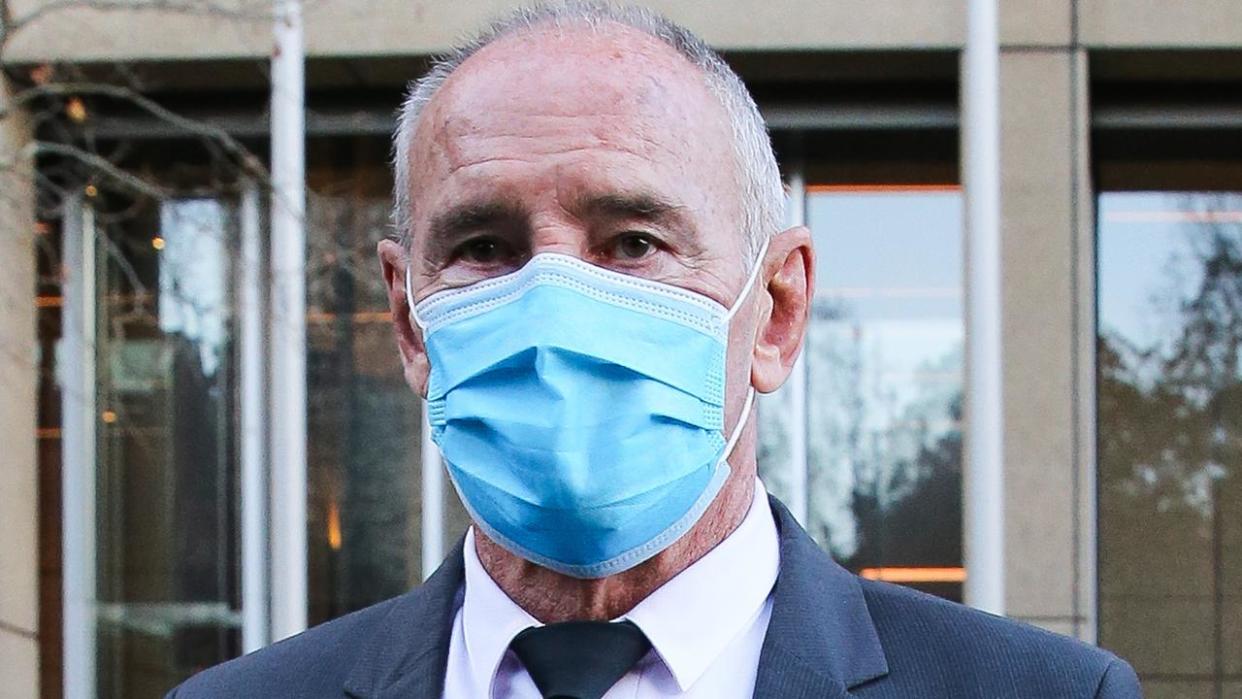
In late November 1981, Lynette Simms came across a stall at the Christmas Fair at Narrabeen High School – a young artist, Kristin Hardiman, had set up a table showing off her wares and works.
The young mother, with two young children in tow – one beside her and another in a stroller – arranged for Ms Hardiman to come to her home to paint her children.
The artist the following month travelled to Ms Simms’ home Bayview home, on Sydney’s northern beaches, that she shared with her husband Chris Dawson, to photograph the two young girls.
But when, having completed the sketches, the fine art student phoned the Dawson home in mid-January 1982, Dawson answered the phone and bluntly told her: “She’s gone away and doesn’t want them anymore.”
Over four decades on, the chance encounter was central in proving that Dawson in January 1982, in an effort to make way in his home for his teenage lover, murdered his wife.
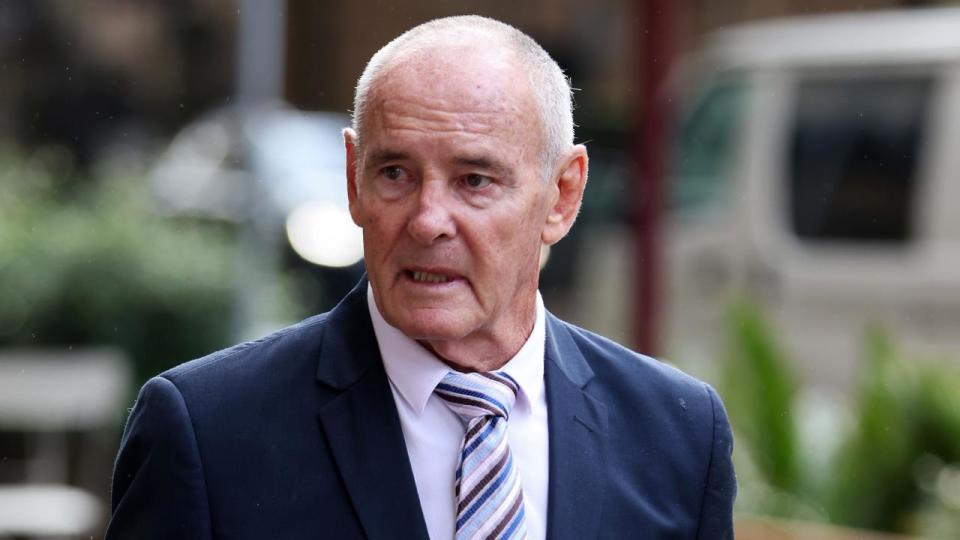
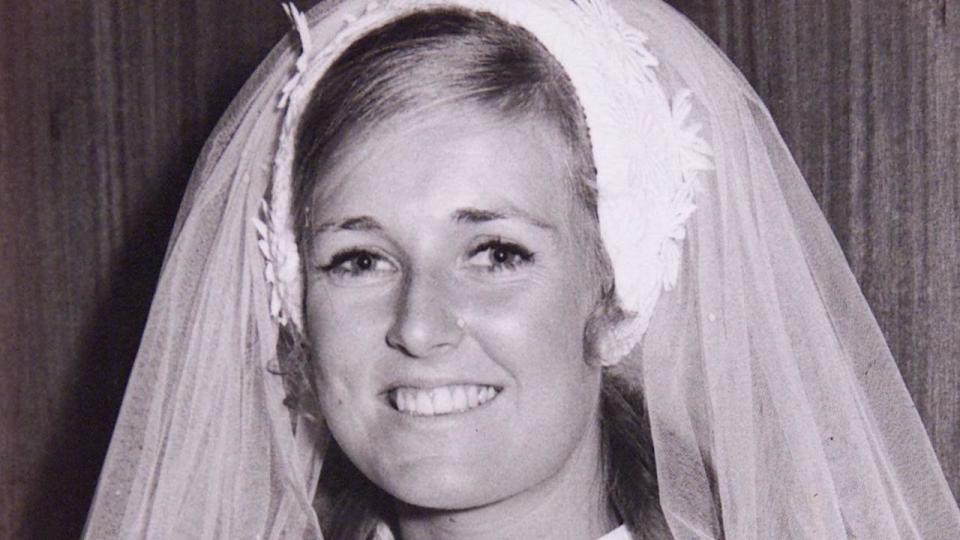
This week, the long winding road to justice perhaps came to an end.
In 2022, following a lengthy trial, Dawson was found guilty of murder and sentenced to 24 years in prison, with an 18-year non-parole period.
Dawson in May watched on via a videolink from prison as his barrister, public defender Belinda Rigg SC, appealed to the state’s highest court – the Court of Criminal Appeal.
But on Thursday – more than four weeks after a three-day appeal hearing – Justices Julie Ward, Anthony Payne and Christine Adamson dismissed his appeal in a unanimous 3-0 decision.
Justice Adamson reflected on Dawson’s words to Ms Hardiman.
“He could only say this with such certainty because he had killed her,” Justice Adamson said.
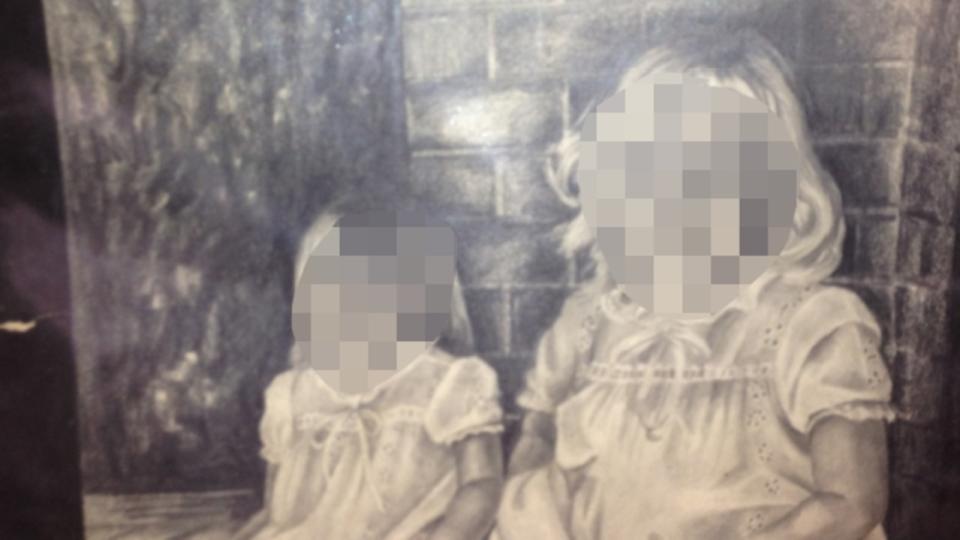
THE SUMMER OF 1981-82
Central to the case – one of the country’s most enduring cold case murders – is a woman who can only be known by the court-ordered pseudonym JC.
She appeared at the trial as the Crown prosecution’s star witness.
She was Dawson’s pupil in his year 11 physical education class and became the Dawson family babysitter before she began having sex with him.
Around that time, Dawson had proposed marriage to her and on her 17th birthday gave her a card saying: “To my lovely beautiful bub, hoping today is a very happy one and knowing we will share all the birthdays to follow.”
The court was told that she had sex with Dawson at his Bayview home while she was babysitting.
“JC recalled (Dawson) making alcoholic drinks for (Ms Simms), which would cause her either to pass out in her chair or to become sleepy and retire to bed for the night,” Justice Adamson said.
JC for a time moved into the Dawson house in late 1981 but was confronted by Ms Simms who accused her of “taking liberties” with her husband.

She moved in, a few doors down on Gilwinga Drive, with Dawson’s brother Paul and his wife Marilyn.
But by December 23, 1981 “JC’s tenure at Paul and Marilyn’s can be taken to have expired”, Justice Adamson said.
Just before Christmas 1981, after JC had graduated high school, Dawson and JC packed up their belongings in his car and set out to start a new life in Queensland.
The court was told he left a life a note for Ms Simms saying: “Don’t paint too bad a picture of me to the girls.”
But before they could arrive in Queensland, JC broke out in hives and developed a gastric problem, became homesick and asked that Dawson turn the car around.
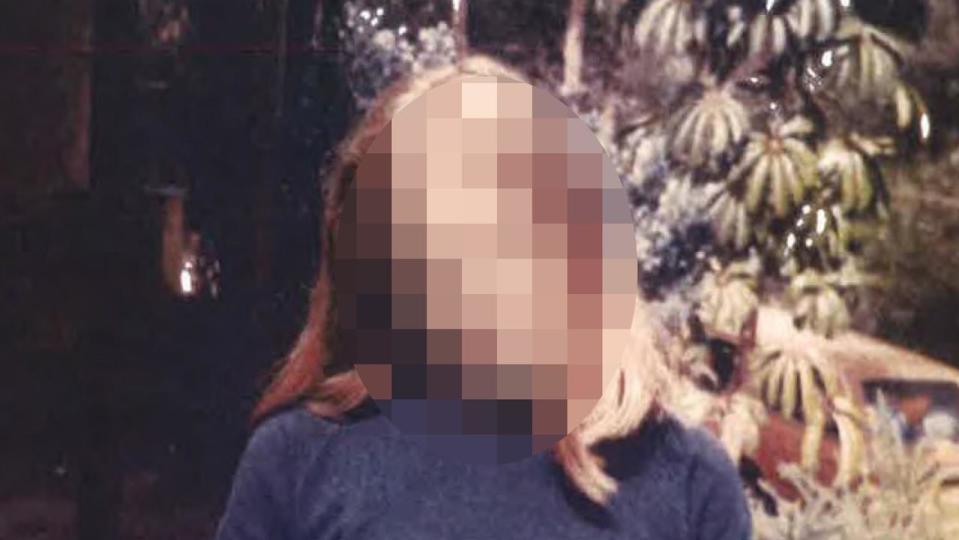
THE ULTIMATE BLOW
They arrived back in Sydney on Christmas Day, but instead of returning to his wife, he hid out at Paul’s house.
“The ultimate blow was struck on Boxing Day when JC told the applicant that she wanted to end the relationship and went to stay with one of her sisters at Neutral Bay,” Justice Adamson said.
The Court of Criminal Appeal found that it became “plain” to Dawson at this point that JC didn’t want to continue a sexual relationship with a married man with two children.
She travelled to South West Rocks to holiday with friends and family; however, he had told her to phone him every day.
“Her departure rendered the applicant’s position particularly precarious and put him at grave risk of losing her,” Justice Adamson said.
“There was a real prospect that, in that environment, JC would be able to arrange for somewhere to live in Sydney which did not involve (Dawson), enrol in a course which would take her away from the Bayview area and put her into a new cohort or form an attachment to a male who was, unlike the applicant, around her age and not married with children.”
She found that the only way Dawson could maintain a hold over JC was to “remove the deceased from his life”.
“Killing the deceased on 8 January 1982 or early on 9 January 1982 was the only way in which (Dawson) could get what he wanted before JC made other arrangements for her adult life and it was too late,” Justice Adamson concluded.
The court was told that on about January 10, Dawson told JC over the phone: “Lyn’s gone. She’s not coming back. Come back to Sydney and help me look after the children and be with me.”
“What (Dawson) told JC in order to induce her to live in the Bayview house – that the deceased was not coming back – was true,” Justice Adamson said.
“Because he had killed the deceased, he knew that she was not coming back and that therefore there was no risk associated with installing JC in the main bedroom and inviting her to wear the deceased’s clothes and jewellery.”
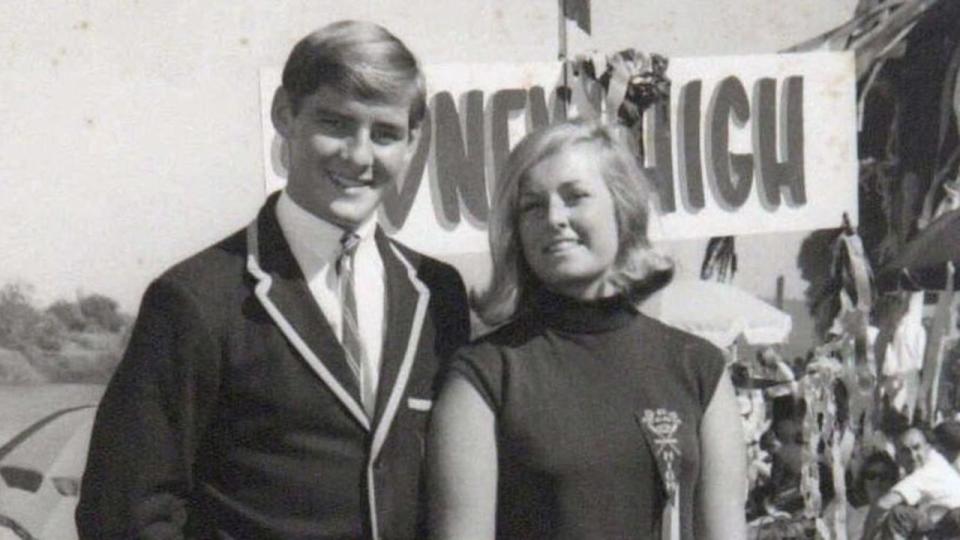
PROOF OF LIFE
At trial, the Crown prosecution, led by barrister Craig Everson SC – now a judge with the NSW District Court – relied on a wholly circumstantial case.
Ms Simms’ body had never been found, and she had never contacted anyone following her final phone call with her mother, Helena Simms, on the evening of January 8, 1982.
Ms Simms did not turn up for work at the Warriewood Children’s Centre on Monday, January 11 or go to collect her pay.
Proof of life checks found no traces of her being alive after January 8.
“The searches established that the deceased has not travelled from Australia on an Australian passport, is not registered with Medicare or the Australian Taxation Office, does not have a driver’s licence in any Australian state or territory, has not been located by reference to unidentified bodies or human remains, is not registered as a nurse, is not enrolled as an elector, and is not registered with Centrelink,” Justice Adamson said.
Dawson’s defence relied on purported sightings of Ms Simms following her disappearance – at a Central Coast roadside fruit barn, outside the Gladesville Hospital and at the Rockdale Private Hospital.
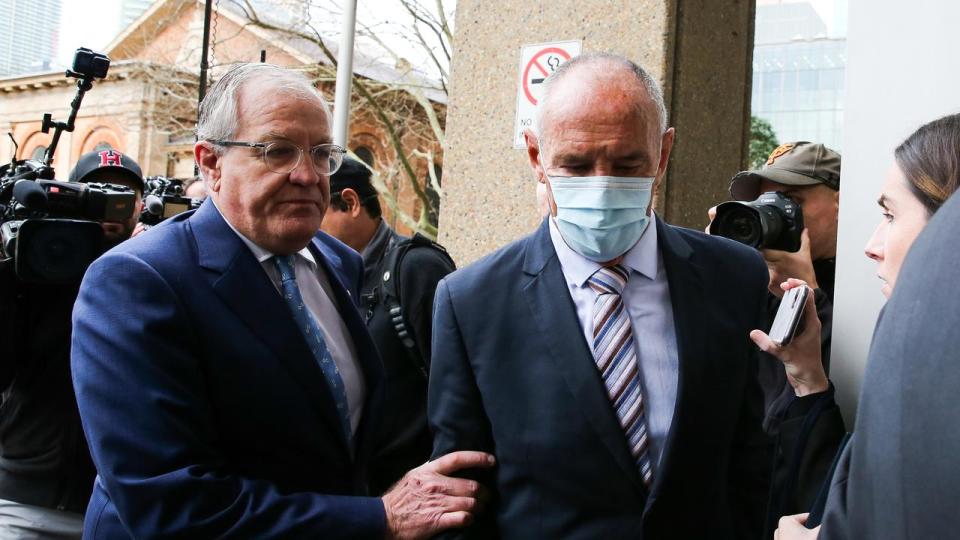
The Court of Criminal Appeal found that Justice Ian Harrison, who found Dawson guilty and sentenced him to 24 years in jail, did not err in finding that Ms Simms was not alive after January 9, 1982.
The Court of Criminal Appeal likewise rejected a hypothesis that Ms Simms might have died by suicide after leaving the family home.
“Had she done so, it would have been inevitable that her body would have been found and that there would be some indication of the act,” Justice Adamson said, noting that Ms Simms had no history of mental illness and had already “weathered the storm” when Dawson left her just before Christmas 1981.
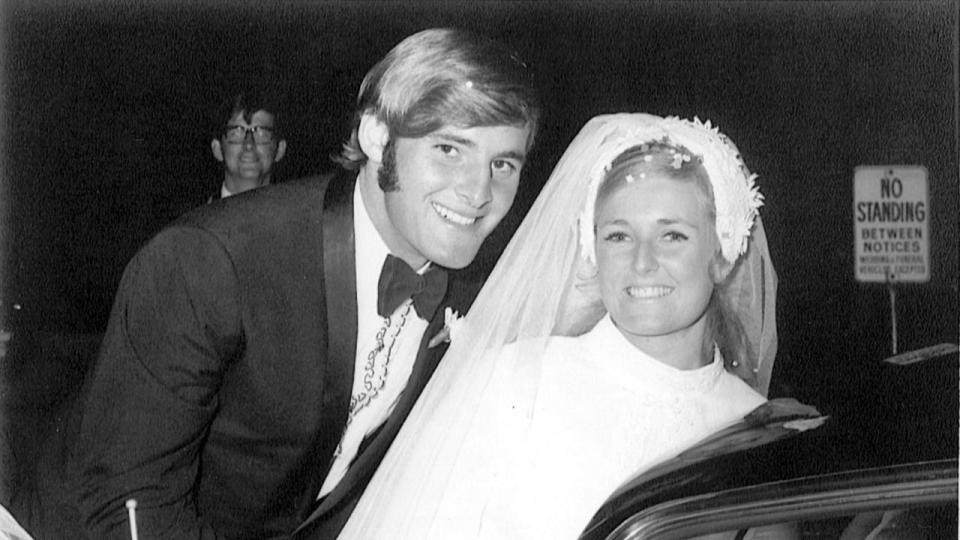
‘ENTIRELY WITHOUT CREDIBILITY’
The Court of Criminal Appeal found “Mr Dawson’s version of events should be rejected as wholly incredible”.
Justice Adamson described him as a liar and having shown himself to be “entirely without credibility both by reference to direct lies and half-truths, of which there is a litany in the evidence”.
She noted that after leaving Ms Simms, he phoned her on Christmas morning, telling her that he would be home by Boxing Day.
But she said: “He was probably already at Paul and Marilyn’s place, intending to skip the Dawson family Christmas lunch and spend the day with JC in Paul and Marilyn’s bed.”
Then, on New Year’s Eve, he told his wife and children that he could not spend the evening with them because he was going to a yacht party but then went to Manly with JC in his car.
“When (Lynette) asked if she and the children could watch the boat from the shore, he said, ‘no’,” Justice Adamson said.
“On his return home on New Year’s Day, he told (Lynette) that he had been ‘sea sick all night’.”
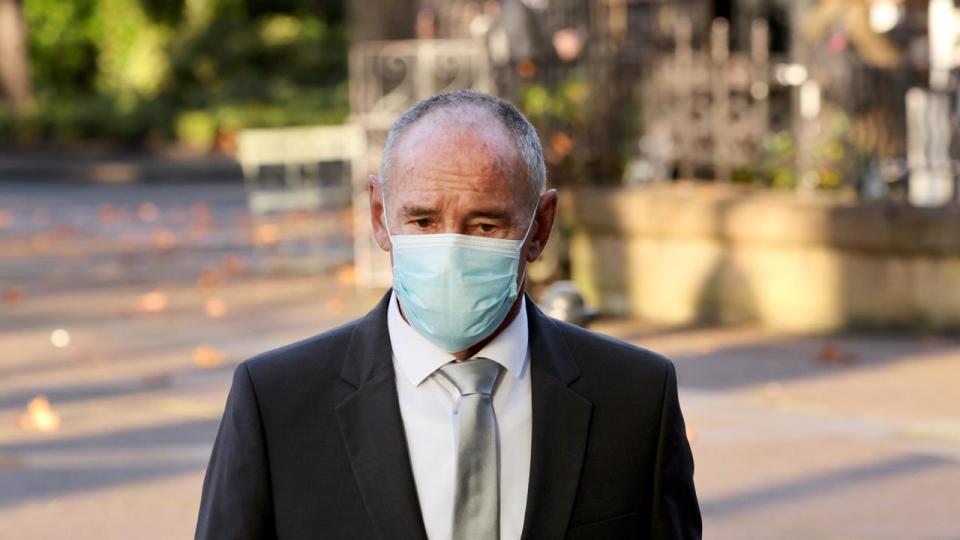
CREDIT CARDS
A central plank of Dawson’s appeal was that evidence had been lost to time, which had put him at a “forensic disadvantage” at trial as he sought to prove Ms Simms was alive after January 9, 1982.
Dawson claimed that he had received bank statements that showed Ms Simms had made purchases at Katies on January 12, 1982 and Just Jeans on January 26 or 27.
At the same time, Dawson went to Mona Vale police on February 18 to make a missing person’s report.
Justice Adamson noted that Dawson “was well aware of the potential significance” of the bank records, and as a joint account holder he had access to the records at the time.
“His failure to keep records which he identified at the time as being important cannot properly be characterised as a consequence of the delay,” Justice Adamson found.

WHAT NOW FOR CHRIS DAWSON
Dawson did not appear in court on Thursday afternoon as possibly his last hope of being freed from jail was shot down by the Court of Criminal Appeal.
Now, his only option would be to take his case to the High Court.
But even then he faces a high bar for the court to even allow his appeal to be heard.
He will be 76 next month.
And following his conviction for carnal knowledge, the District Court was told in September last year that he had been diagnosed as being in the early stages of dementia and with a mild cognitive impairment.
After he was convicted of carrying on an unlawful sexual relationship with a 16-year-old student, he was sentenced by District Court Judge Sarah Huggett to three years in prison and had one year added onto his non-parole period.
His non-parole period is due to expire in August 2041, by which time he will be 93.
New “no body, no parole” laws passed by NSW parliament in 2022 – dubbed “Lyn’s law” – mean that Dawson will not be paroled until he reveals where Ms Simms is buried.


